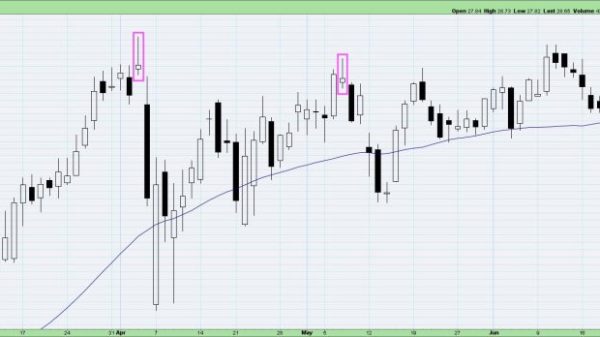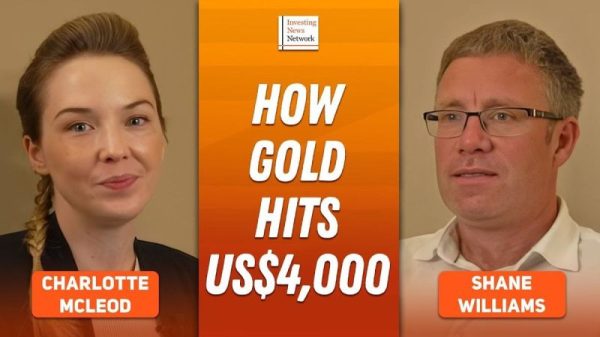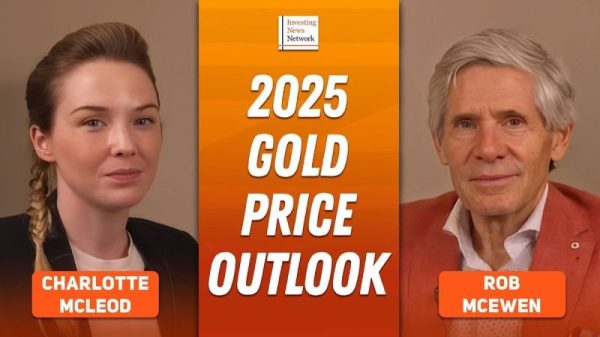Buy low, sell high. The trend is your friend. Sell in May and go away. Wall Street is teeming with familiar financial adages. But there’s one you may not have heard of: “When the VIX is high, it’s time to buy.”
Similar to “buy the dip,” the idea is that when the level of fear in the markets has reached its peak, it’s the perfect time to buy because stocks are most likely trading at deep discounts. To quote famed investor Warren Buffet of Berkshire Hathaway (NYSE:BRK.A,NYSE:BRK.B), “Be fearful when others are greedy, and greedy when others are fearful.”
What is the VIX?
VIX is shorthand for the Volatility Index (INDEXCBOE:VIX) of the Chicago Board Options Exchange (CBOE). Since 1993, the VIX has tracked real-time price changes of near-term S&P 500 (INDEXSP:.INX) options.
Options are financial contracts that give holders the right to buy or sell an underlying asset — stocks, bonds, exchange-traded funds, contracts, etc. — at a certain price within a certain time period. Options prices for particular stocks are determined by the probability that the stock’s price will reach a certain level, known as the strike price or exercise price.
The VIX tracks the S&P 500 as opposed to other indexes because it is considered the leading indicator of future volatility in the overall US stock market.
For many knowledgeable investors, the VIX is a globally recognized go-to benchmark index for measuring the expectation of volatility in the stock market over the next 30 days based on how wide or narrow the swing in prices is for S&P 500 options.
Why does the VIX go up when the market goes down?
The VIX has an inverse relationship with the S&P 500, meaning that spikes in the VIX typically occur when stock prices drop.
The more pronounced the options price swings on the S&P 500, the higher the risk of stock market volatility and the higher the VIX climbs — a signal that a crash may be imminent. On the flip side, a significant drop in the VIX could herald a rally.
It’s important to note that the VIX is not a crystal ball, but rather a real-time snapshot of how investors are feeling about the level of near-term volatility in the market. Is the current sentiment negative or positive? Confident or fearful?
“Volatility, or how fast prices change, is often seen as a way to gauge market sentiment, and in particular the degree of fear among market participants,” explains Investopedia. Hence why the VIX is also referred to as the “fear index.”
Investors can use the VIX to measure the level of fear in the market and employ this information when making investment decisions. The higher the VIX level, the more likely the possibility that fear and uncertainty is driving the markets.
What is a normal range for the VIX?
The normal range for the VIX is values ranging between 12 and 20. Forbes advises investors that when the VIX is below a value of 20, that is reflective of a stable investment environment. A VIX value of 12 or lower is indicative of high optimism in the stock market — the mark of extremely bullish investor sentiment.
Once VIX values rise above 20, the market is said to be experiencing “abnormally high volatility.” Once the VIX is seen pushing above 30, that’s a clear sign of a bear market — when investors fear there is too much uncertainty and risk in the stock market.
In fact, five of the 10 highest VIX values since the index launched in 1993 occurred in the lead up to the 2008 financial crisis, while the remaining five are associated with the COVID-19-induced stock market crash in 2020.
The VIX hit an all-time high of 82.69 on March 16, 2020, during the early days of the COVID-19 pandemic. The index’s second highest value, 80.86, was reached on November 20, 2008, as markets reeled from the fallout over mortgage-backed securities.
What is the all-time highest recorded spike in the VIX index?
The VIX recorded a record high spike on August 5, 2024, when it jumped 42 points to 65.73 intraday as markets around the world experienced sell offs and recession fears rose. This also marked the highest point of the VIX index since the COVID-19 pandemic.
The VIX moved down to close at 38.56 by the end of the day, still quite high but well below the top 10 closes discussed above.
Can you invest in the VIX?
While you can’t invest directly into the VIX, there are a number of exchange-traded products (ETPs), such as futures contracts, options contracts and ETFs, that are based on the future anticipated value of the index.
These are three VIX-associated ETPs available to investors:
If investors are able to get the timing right, VIX futures ETFs can be a hedge against a market crash. However, the opportunities inherent in VIX ETPs don’t negate the fact that they do carry significant risk, and are not for those with a longer-term investment strategy or low risk tolerance. Analysts at ETF.com warn that these products “deliver poor long-term exposure to the VIX index … (and) have a history of erasing vast sums of investor capital over holdings periods as short as a few days.”
In other words, VIX ETPs have a tendency to suffer from contango, which is when a futures price is higher than the current price. If held for too long a period, they lose their value, making them an unsuitable permanent hedge against market volatility.
Investors with high risk tolerance and a knack for playing the short game can also buy VIX call options as a potential hedge against stock market downturns. But once again, as Investopedia cautions, it’s important to time the market right. Buying in the middle of a market crash can lead to oversized losses.
Securities Disclosure: I, Lauren Kelly, hold no direct investment interest in any company mentioned in this article







































